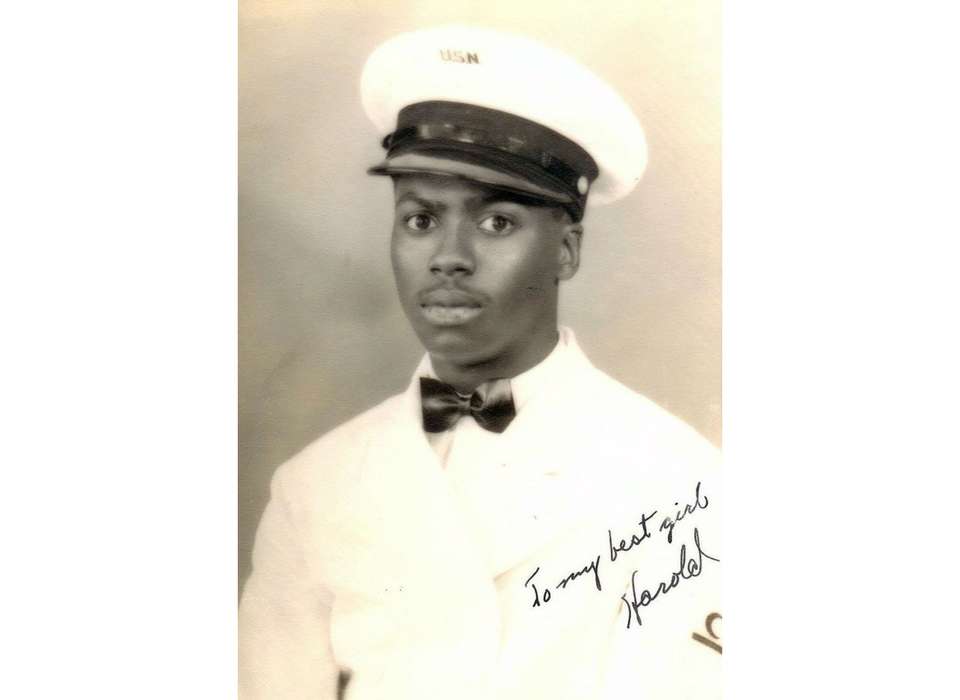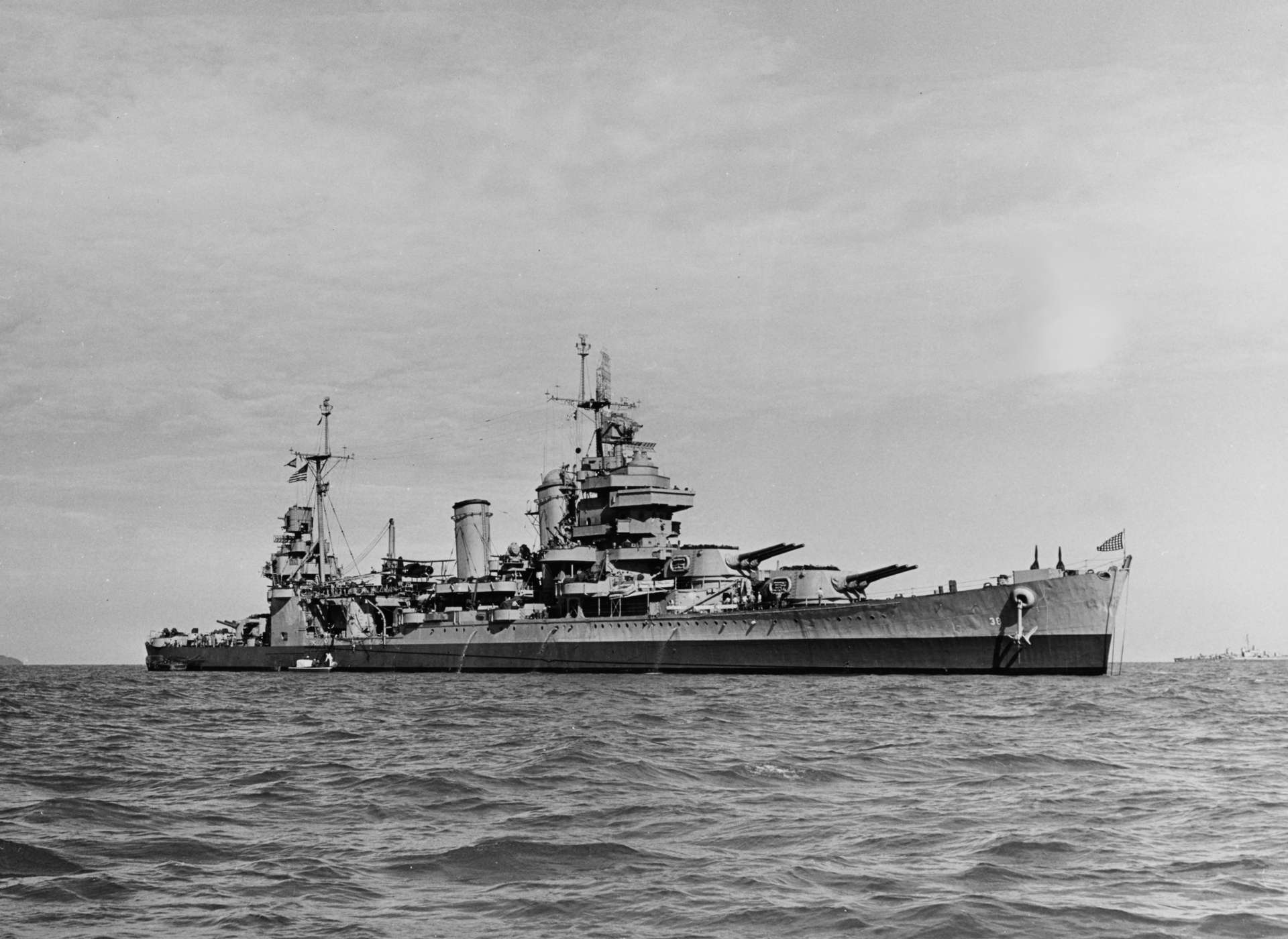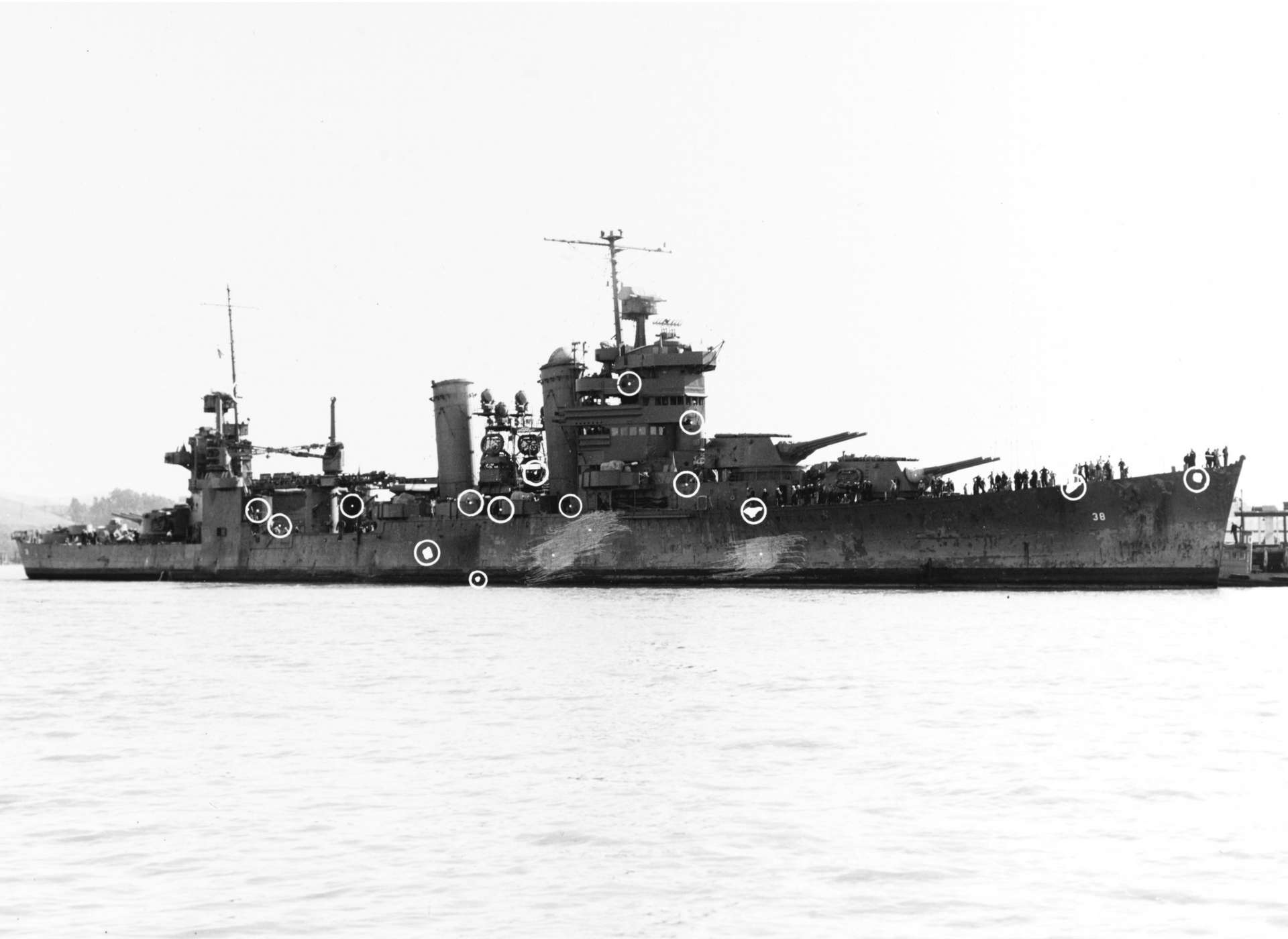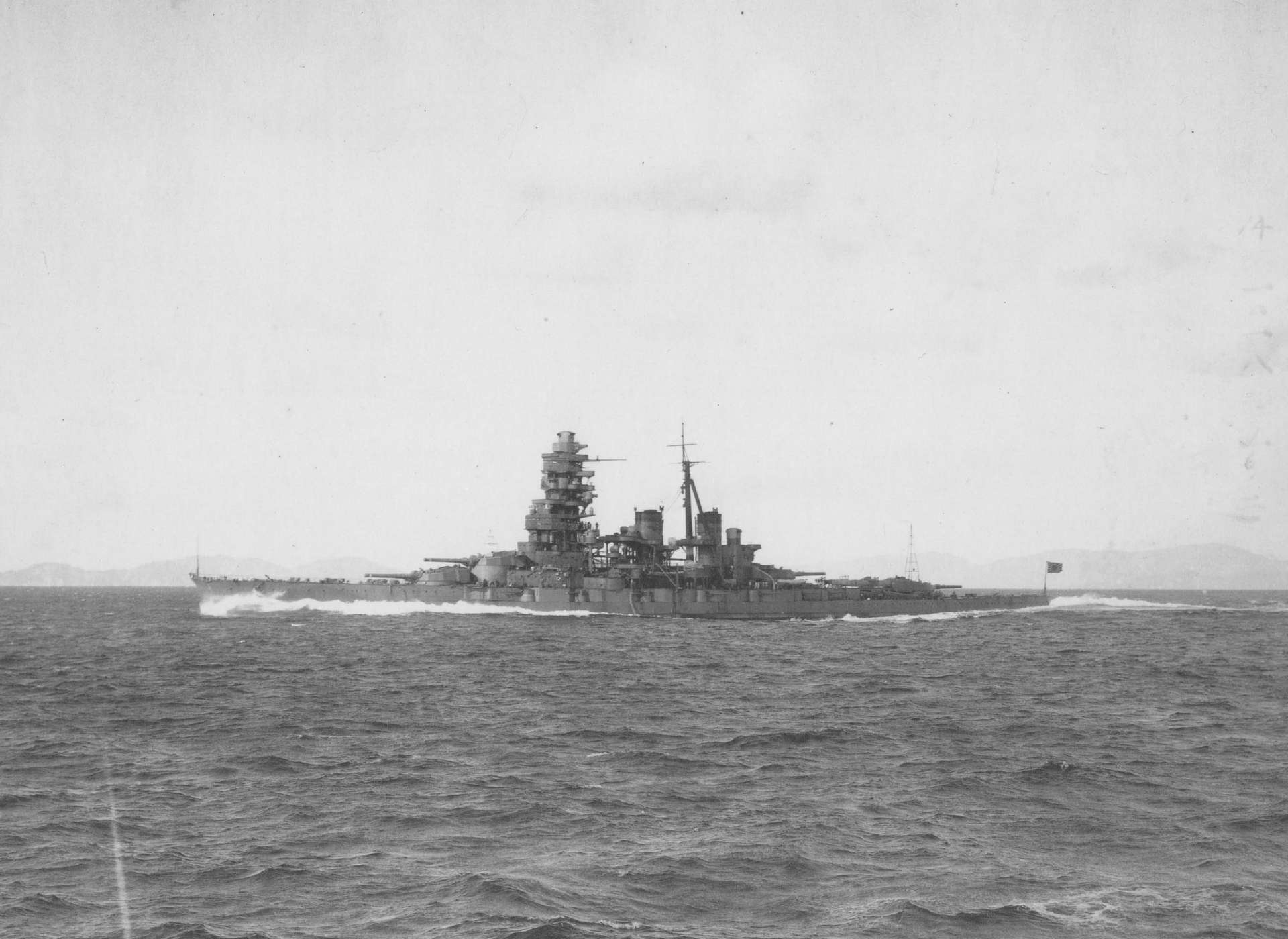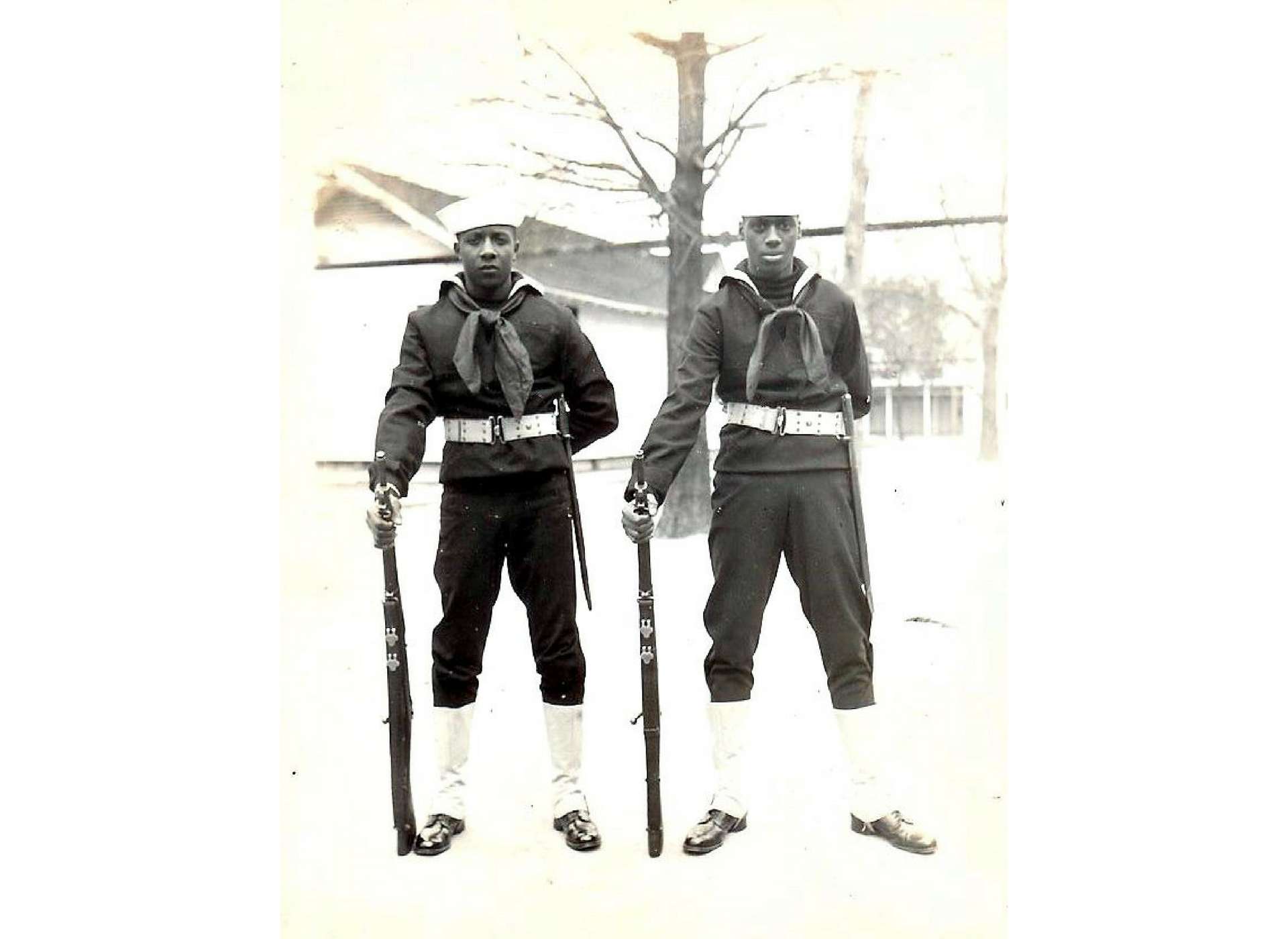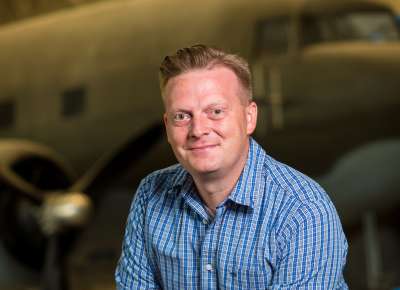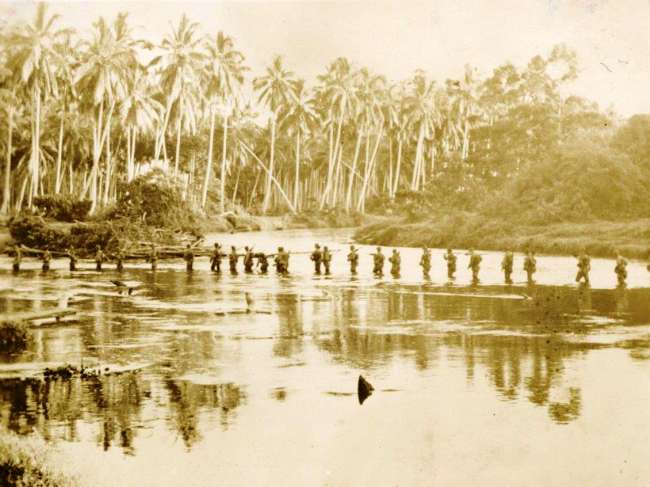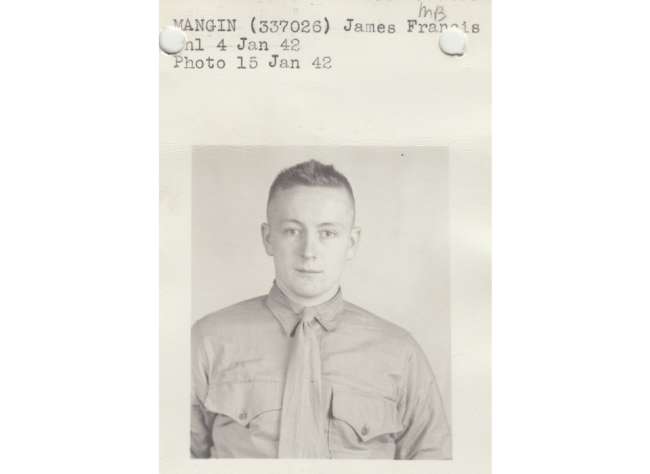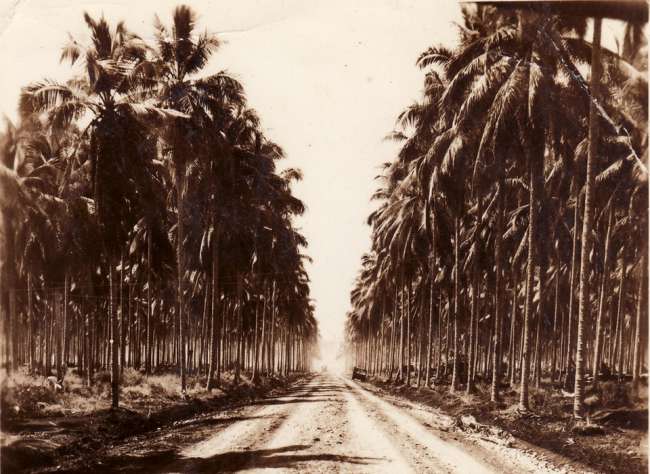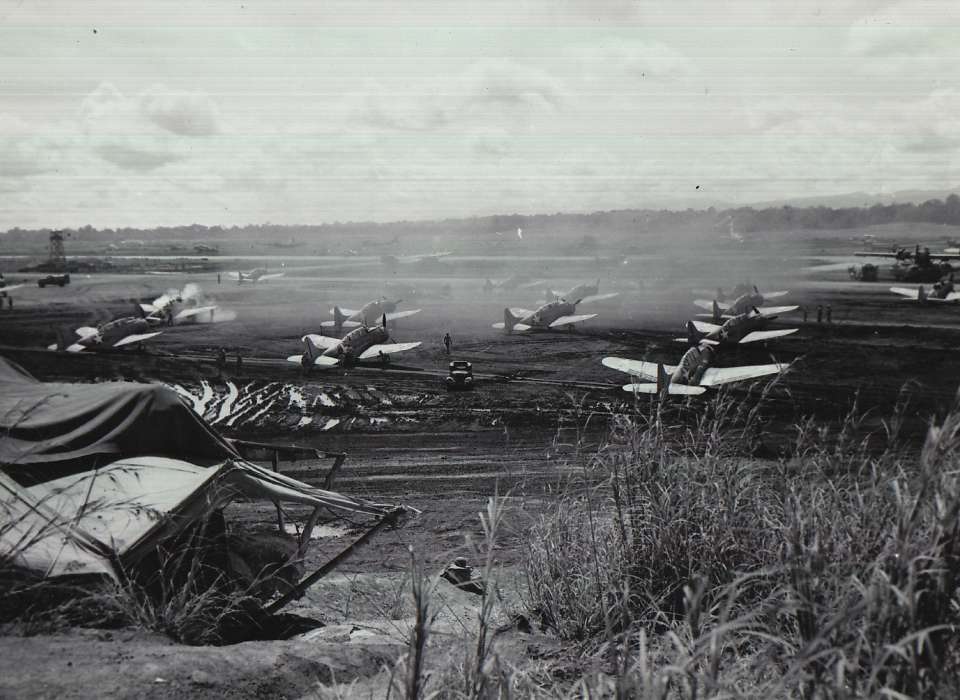Harold Ward was born in Atlantic City, New Jersey, in 1921. Growing up during the Great Depression, Ward had a tough childhood, living dirt poor, not knowing where his next meal would come from and bouncing from one family member to another until he was of age to take care of himself. Seeing a chance for three hot meals a day and a new pair of shoes, Ward joined the US Navy in 1940. Following graduation from boot camp, Ward was assigned to the heavy cruiser USS San Francisco (CA-38).
The Navy was not a very welcoming place for young men of color in 1940. African American sailors generally worked as cooks or mess stewards, tending to the officers’ needs 24 hours a day, serving them food and coffee, shining their shoes, and performing menial tasks of no real value. Never one to shy away from conflict or be a doormat for anyone, Ward spoke up often about his “service.” In his Museum oral history, he recalled that he often said that he didn’t join the Navy to “serve my country shining shoes.” Sailors aboard ship generally had two jobs, a normal duty, and while under combat conditions, a battle station. While Ward felt that his normal duties on the Frisco were of little importance, his battle station was of vital importance to the ship’s defense. Ward served as sky lookout near the ship’s bridge. His duties were to sight and report any enemy aircraft or surface targets via ship intercom to the combat information center belowdecks. His sharp eyes would often provide the first visual sightings of the enemy. Ward stood in his sky lookout position and watched as Japanese aircraft expertly attacked American ships at anchor in Pearl Harbor on December 7, 1941. Eleven months later, Ward again stood his watch at sky lookout as his ship “steamed right into a mess” on the night of November 12, 1942, off the shores of Guadalcanal.
Since August, the Americans and Japanese had traded blows ashore, in the air, and on the seas around Guadalcanal. Following the resounding victory during the Battle of Henderson Field in October, the land campaign lay firmly, finally, in the hands of the Americans ashore. The air campaign had turned decisively in the Americans’ favor as well. Henderson Field’s aircraft provided an almost constant daytime aerial umbrella, attacking and sinking the vast majority of Japanese attempts to reinforce the island’s garrison during daylight hours. Knowing their last real chance for victory lay before them, the Japanese planned one more thrust. Intent on destroying American air power ashore in order to send Japanese troops to the island unmolested, Admiral Isoroku Yamamoto dispatched a strong force consisting of two battleships, Kirishima and Hiei, along with escorting cruisers and destroyers to shell Henderson Field to pieces. The date of the attack was set for Friday night, November 13. Thanks to naval cryptanalysts, Admiral William Halsey was fully aware of the Japanese intentions. Halsey dispatched the forces he had at his disposal—two heavy cruisers, three light cruisers, and eight destroyers. This force was ordered to intercept the Japanese force consisting of the two battleships, one light cruiser, and 11 destroyers.
On board the San Francisco in the American force, “I knew that something was going on because now I could feel the ship begin to quiver,” Ward recalled. “So I knew that the screws were turning over faster. We were making 25 knots.” Ward and the San Francisco were the first heavy cruiser in the American line, serving as the flagship for Admiral Daniel Callaghan’s surface force as it plowed into the Japanese force just after midnight on Friday the 13th. Standing in his lookout position, Ward could see the faint outlines of ships as they began to slowly appear on the night skyline. Immediately he recognized that the enemy ships he was looking at were enormous, much too large to be cruisers. While Ward could see his enemy approaching in the darkness, American officers apparently were confused about what they were seeing. Chaos reigned aboard American ships as contradictory orders began to flow across the inter-ship radio. The Japanese were no better off. Having been surprised by the American presence and prepared to bombard shore positions, the Japanese were rapidly switching high-explosive shells with armor-piercing shells to deal with the sudden appearance of an American cruiser force. No one was prepared for what happened next as the American and Japanese columns actually began to steer into one another, passing at rock-throwing distance with no one opening fire.
-

The USS San Francisco.
-

The USS San Francisco shows some of the damage she received on Friday the 13th.
-

Battleship Hiei.
-

Harold Ward, at right: “All of a sudden, BANG! I go flying off the ladder and I wind up on my back on the deck.”
The black night sky was suddenly illuminated by a single searchlight from the battleship Hiei, shining brightly on the American cruiser Atlanta (CL-51). Atlanta’s skipper gave the proper prewar order to counter-illuminate the enemy target. However, his gunnery officer decided that illumination was not the proper response and shouted, “F - - k that! OPEN FIRE!” Atlanta’s main batteries erupted as she poured fire into three enemy ships at 1,600 yards. In what became known as “The Barroom Brawl,” American and Japanese ships traded withering fire at frighteningly close range, sometimes firing on friendly ships, as did Ward’s San Francisco as she mistakenly opened fire on Atlanta. Admiral Norman Scott was killed in the tragic episode of friendly fire.
Aboard San Francisco, Ward watched as the night sky became awash with tracers and heavy shells. As the Frisco neared the battleship Hiei, she was struck by a salvo from the enormous battlewagon. The Hiei had failed to swap out her high-explosive shells with armor-piercing shells, so the broadside did little structural damage to Frisco, but wounded many of the Frisco crew that were exposed in her upper works. Ward could feel his ship shaking and shuddering as she was hit by shell after shell while returning fire as best she could. Ward watched as the enemy battleship passed so close that her enormous superstructure looked like a skyscraper. San Francisco’s eight-inch gunfire tore into Hiei at the close range, killing many of her crew and starting many fires aboard the giant ship. Despite the beating she was taking from the American cruiser, the battleship was far from finished. By this time the battleship had swapped out her shells, and began pounding San Francisco with another broadside—and then another and another. The last broadside proved devastating. The 14-inch shells tore through the San Francisco’s bridge killing nearly everyone there, including Admiral Callaghan and the ship’s skipper. Lieutenant Commander Bruce McCandless, San Francisco’s communications officer, assumed command and maneuvered his heavily damaged cruiser back into battle before finally withdrawing. Ward was still manning his battle station when the last broadside tore through his ship. “All of a sudden, BANG!” Ward recalled. “I go flying off the ladder and I wind up on my back on the deck.” The last 14-inch broadside blew Ward out of his battle station, peppering his body with large pieces of steel. He lay wounded on the deck as his ship desperately tried to get away from the pounding she was taking from the Japanese.
The battle, or brawl, began to subside as the Japanese ships, many of them afire and damaged, withdrew, and the American ships, many sinking and badly damaged, withdrew in the opposite direction. Damage-control crews aboard San Francisco desperately tried to save her. The ship was heavily damaged, having suffered over 45 enemy shell hits, at least 12 of which were 14-inch battleship shells. The ship blazed away in the night, with at least 25 separate fires burning while she took on over 500 tons of seawater through the holes punched in her hull. Through the efforts of her damage-control officer Herbert Schonland and his valiant crew, the ship was saved and lived to fight another day. San Francisco would become the third-most-decorated US Navy ship, earning 17 battle stars. McCandless and Schonland would both be awarded the Medal of Honor for their actions on the night of the 13th.
As the morning sun rose and the ship steamed back to safety, Ward lay next to his wounded shipmates on the deck, passing in and out of consciousness. He along with several others were transferred off the ship to a hospital ship and then a Naval hospital ashore. Ward eventually recovered from his wounds and desperately attempted to get back aboard his old ship. Unfortunately, he was unable to rejoin his beloved Frisco, and instead served the remainder of the war aboard a cargo ship. Ward decided to stay in the Navy after the war and make it a career. Unable to rise above the restraints of the Navy’s deep-seated racism of the 1930s and 1940s, he never rose above the rank of Petty Officer 1st Class despite having faithfully served his country for 20 years. Following his service in the Navy, Ward worked a variety of jobs including diner cook (one of the best in New Hampshire, according to many) and police officer.
Harold Ward passed away on June 9, 2015.
The battle of Friday the 13th was an American strategic victory despite the loss of two cruisers and four destroyers. The Japanese had been halted yet again in their mission to destroy Henderson Field by a battered American force much smaller in number and firepower. The battleship Hiei, which had taken a beating from San Francisco—and delivered a beating in return—was sunk the following morning by aircraft from the carrier Enterprise (CV-6) that launched from Henderson Field. The Japanese attempt to destroy Henderson Field on Friday the 13th would not be the last attempt by the Imperial Navy to sink the “unsinkable aircraft carrier” on Guadalcanal. The determined Japanese would try one more time, the very next night. November 14 would be the final nail in the Imperial coffin at Guadalcanal, and become known as the night the giants rode across Ironbottom Sound.
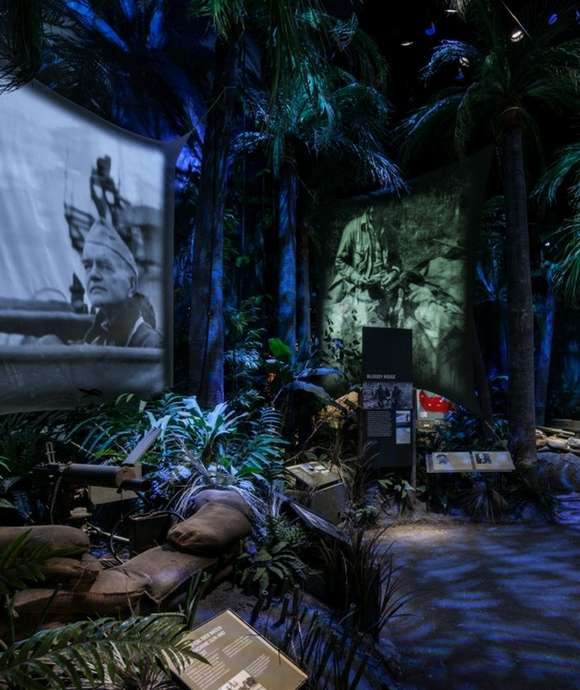
Guadalcanal: Green Hell gallery
Vividly rendered and viscerally impactful, this experiential gallery in Road to Tokyo features an immersive environmental narrative that draws the visitor into a towering palm jungle.
Seth Paridon
Seth Paridon was a staff historian at The National WWII Museum from 2005 to 2020. He began his career conducting oral histories and research for HBO’s miniseries The Pacific and holds the distinction of being the first historian hired by the Museum’s Research Department. In the 12 years he was Manager of Research Services, Seth and his team increased the oral history collection from 25 to nearly 5,000 oral histories.
Cite this article:
MLA Citation:
APA Citation:
Chicago Style Citation:
